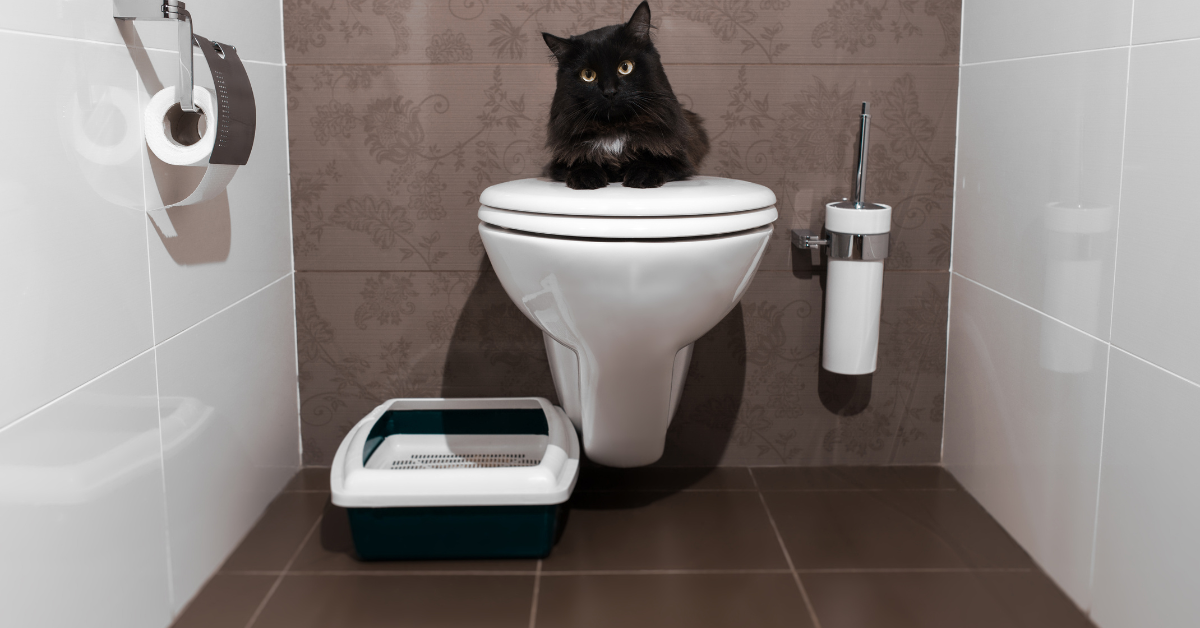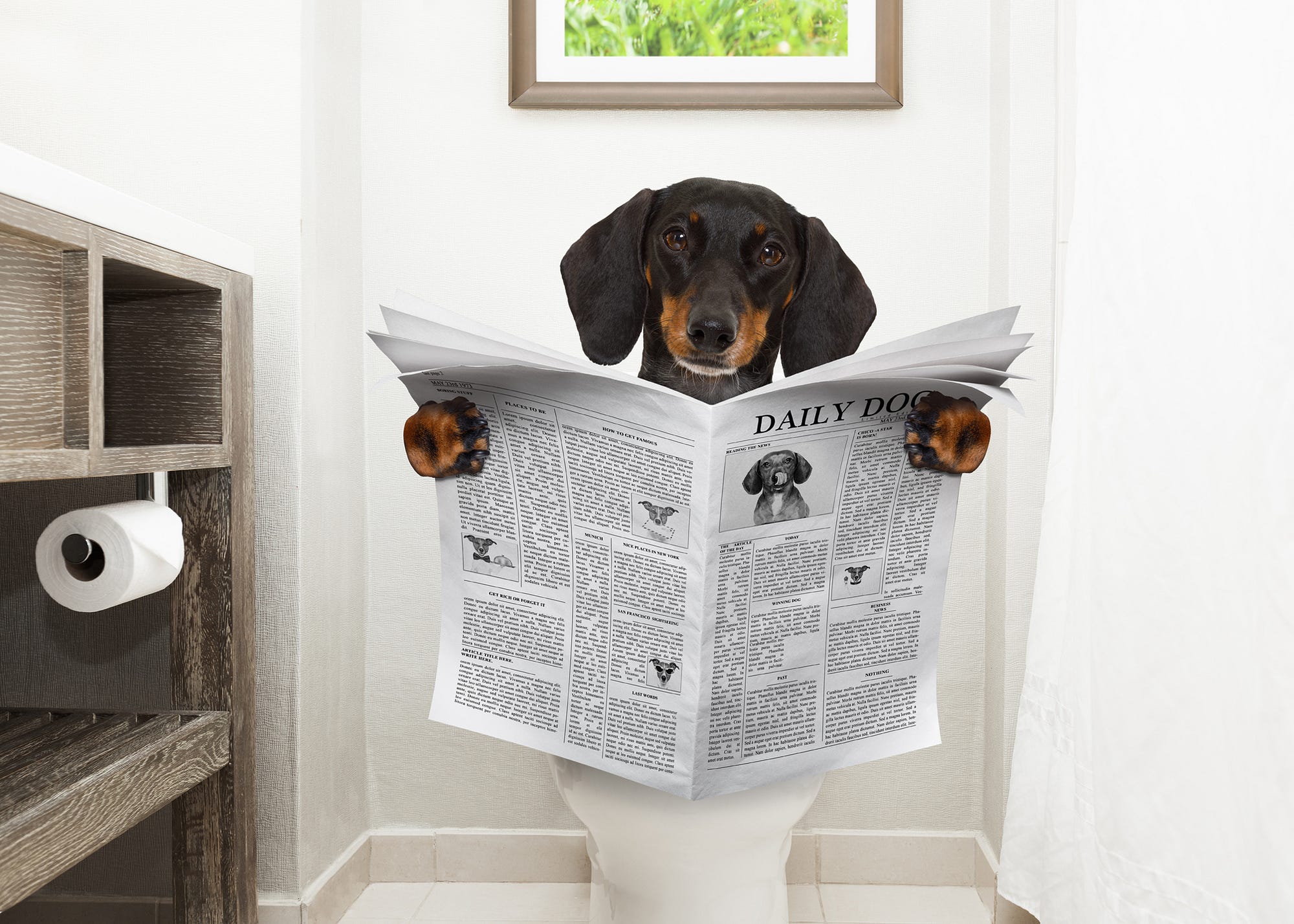An Implications of Flushing Animal Waste Down the Toilet
An Implications of Flushing Animal Waste Down the Toilet
Blog Article
The publisher is making several good pointers related to Don't Flush Your Pets Poo Down The Loo, Vet Warns as a whole in this article which follows.

When it pertains to disposing of waste, specifically animal waste, many individuals usually consider the convenient alternative of flushing it down the commode. Nevertheless, this apparently simple option can have serious effects for the setting and public health. In this short article, we'll check out why flushing animal waste down the toilet is a bad concept and provide alternative approaches for correct disposal.
Introduction
Proper waste disposal is critical for preserving environmental sustainability and public health. While it might appear safe to flush animal waste down the toilet, it can bring about various concerns, both for the environment and human well-being.
Dangers of flushing animal waste
Environmental influence
Flushing pet waste introduces dangerous microorganisms and microorganisms into rivers, which can negatively influence water communities. These pathogens can contaminate water sources and injury aquatic life, interrupting fragile ecological communities.
Public health worries
Pet waste contains dangerous bacteria such as E. coli and Salmonella, which can present major wellness threats to human beings. Purging pet waste down the bathroom can contaminate water supplies, resulting in the spread of conditions and infections.
Alternatives to flushing
As opposed to flushing animal waste down the commode, there are several alternate disposal techniques that are extra eco-friendly and hygienic.
Composting
Composting pet waste is a green method to take care of it. By composting, organic matter is broken down right into nutrient-rich dirt, which can be utilized to fertilize yards and plants.
Garbage dump disposal
Dealing with pet waste in a landfill is one more choice. While not as eco-friendly as composting, it is a more secure choice to flushing, as it prevents the contamination of water sources.
Animal waste disposal systems
There are specialized animal garbage disposal systems readily available that securely and hygienically deal with pet waste. These systems frequently use enzymes to break down waste and remove odors.
Actions to appropriate pet garbage disposal
To guarantee correct disposal of animal waste, adhere to these actions:
Scooping and getting waste
Regularly scoop and bag pet waste using biodegradable bags. This prevents waste from contaminating the atmosphere.
Making use of designated waste bins
Dispose of bagged animal waste in designated waste containers, such as garden compost bins or land fill containers. Prevent flushing it down the bathroom at all expenses.
Cleaning litter boxes and pet dog areas frequently
Frequently clean can and family pet areas to prevent the build-up of waste and germs. Use pet-safe cleansing products to preserve hygiene.
Benefits of correct disposal techniques
Adopting proper disposal techniques for pet waste offers several benefits:
Minimized environmental pollution
Correct disposal methods minimize the risk of environmental pollution, securing rivers and ecological communities from contamination
Lessened danger of water contamination.
By avoiding flushing pet waste down the bathroom, the danger of water contamination is significantly lowered, securing public health.
Enhanced cleanliness and hygiene
Appropriate disposal techniques promote much better cleanliness and health, producing a safer setting for both humans and pets.
Final thought
In conclusion, purging animal waste down the toilet is hazardous to the environment and public health. By embracing different disposal methods and adhering to proper waste monitoring practices, we can lessen the adverse influence of pet waste and contribute to a cleaner, healthier world.
What To Do With Dog Poo – The Do's And Don'ts Of Disposing Of Faeces
Dog poo bins
Some councils provide dedicated dog waste bins in popular dog-walking areas that can take dog poo that has been bagged but you can legally dispose of dog waste in any public litter bin, as long as it is securely bagged. This also applies to your wheelie bin at home.
Do not flush
Water companies do not recommend flushing dog faeces down the toilet because certain parasites can survive the water processing treatment and are potentially harmful to humans. You should also never consider flushing dog poo that has been bagged down the toilet as the bags will not break down and instead create severe blockages in the sewage system.
In the woods
The Forestry Commission promotes a ‘stick and flick’ method for dealing with waste in the woods. This means finding a stick and using it to flick any poo from off the path so that it is out of the way of other walkers. You could also bury it as long as it is not in an area where there might be livestock.
Livestock
Parasites found in dog poo can be transmitted to livestock if they inadvertently eat infected faeces that has been left on grazing land. This could result in the death of sheep or abortion in cattle so you should always make sure you pick up your dog’s waste in fields where livestock could be present.

Frequently clean can and family pet areas to prevent the build-up of waste and germs. Use pet-safe cleansing products to preserve hygiene.
Benefits of correct disposal techniques
Adopting proper disposal techniques for pet waste offers several benefits:
Minimized environmental pollution
Correct disposal methods minimize the risk of environmental pollution, securing rivers and ecological communities from contamination
Lessened danger of water contamination.
By avoiding flushing pet waste down the bathroom, the danger of water contamination is significantly lowered, securing public health.
Enhanced cleanliness and hygiene
Appropriate disposal techniques promote much better cleanliness and health, producing a safer setting for both humans and pets.
Final thought
In conclusion, purging animal waste down the toilet is hazardous to the environment and public health. By embracing different disposal methods and adhering to proper waste monitoring practices, we can lessen the adverse influence of pet waste and contribute to a cleaner, healthier world.
What To Do With Dog Poo – The Do's And Don'ts Of Disposing Of Faeces
Dog poo bins
Some councils provide dedicated dog waste bins in popular dog-walking areas that can take dog poo that has been bagged but you can legally dispose of dog waste in any public litter bin, as long as it is securely bagged. This also applies to your wheelie bin at home.
Do not flush
Water companies do not recommend flushing dog faeces down the toilet because certain parasites can survive the water processing treatment and are potentially harmful to humans. You should also never consider flushing dog poo that has been bagged down the toilet as the bags will not break down and instead create severe blockages in the sewage system.
In the woods
The Forestry Commission promotes a ‘stick and flick’ method for dealing with waste in the woods. This means finding a stick and using it to flick any poo from off the path so that it is out of the way of other walkers. You could also bury it as long as it is not in an area where there might be livestock.
Livestock
Parasites found in dog poo can be transmitted to livestock if they inadvertently eat infected faeces that has been left on grazing land. This could result in the death of sheep or abortion in cattle so you should always make sure you pick up your dog’s waste in fields where livestock could be present.

Hopefully you liked our excerpt about Don't Flush Your Pets Poo Down The Loo, Vet Warns. Thanks for spending some time to read through our article. Feel free to pause to distribute this blog entry if you appreciated it. Thanks a lot for going through it.
Call Report this page